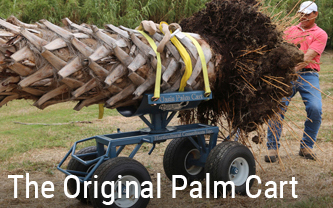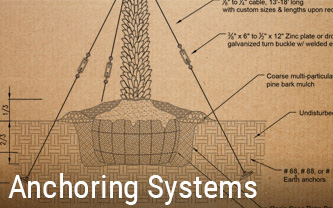Root protection and regeneration are two of the most important aspects of moving a palm tree. These plants, when relocated to another landscape, go through a physical shock due to soil, temperature and sunlight changes. The palm tree is entirely dependent on its roots, so extra precaution must be taken to ensure that the plant will survive the move.
Their roots, like the roots of grass, are small, intricately tangled and well developed. Disturbances, such as digging or cutting, must be put off until the trunk begins to show development. Root regeneration varies from one type of palm to the next, but it is important that the root ball is properly protected from any exposure. They need to be wrapped in a tarp and kept moist. The dirt ball must be at least 1 foot in diameter more than the root ball to increase the survival chance. Movers must keep the plant properly supported as well. Moving a palm tree requires nylon slings, rather than chains, as their bark is particularly sensitive. Upon reaching its new destination, it must be either planted immediately or kept in the shade and wet.
One should never plant a palm’s trunk deeper than it was in its previous setting. If it is planted too deep it will cause root suffocation, so it’s better to let the tops be uneven. When relocating the plant, the fronds need to be tied, and the older leaves removed. Once back in the ground, the plant can have its leaves untied, and a soil barrier put around the root ball to retain necessary moisture levels. The best time to move this type of plant is either in the spring or summer.





